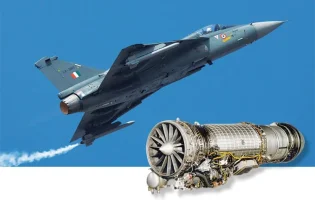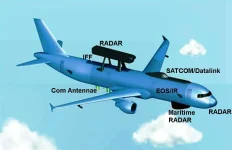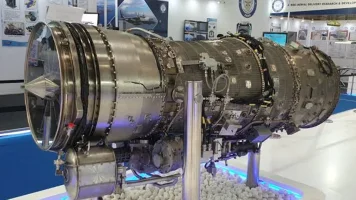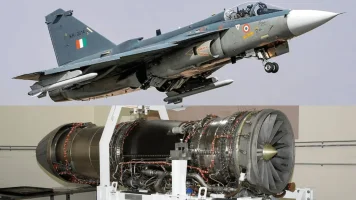- Views: 1K
- Replies: 13

Bengaluru, India – The recent maiden flight of the Tejas Mk1A Light Combat Aircraft (LCA) marks a significant milestone for India's aerospace industry.
Beyond its enhanced performance capabilities, the Mk1A demonstrates a dramatic focus on improved build quality and streamlined maintenance – both critical factors in the lifecycle of a modern fighter aircraft.
Prioritizing Maintenance
The Tejas Mk1A's design incorporates a notable profusion of quick-access panels along its underside. This design shift prioritizes ease of maintenance, allowing technicians to rapidly access vital components for inspections and repairs.This focus on optimizing ground time is a major advancement for the LCA platform, promising to increase availability rates while potentially reducing maintenance costs over its operational life.
This approach highlights the dedication of Hindustan Aeronautics Limited (HAL) and its suppliers in addressing previous concerns regarding Tejas maintainability.
Refinement Beyond Performance
The Mk1A introduces subtle but meaningful aesthetic changes. The flat trailing edge of the aircraft's wings has been replaced with a tapered design, adding a touch of visual sophistication. This detail signifies attention to craftsmanship previously less evident in the Tejas program and hints at a maturing design philosophy.A revamped antenna configuration further emphasizes this refinement. The Mk1A features additional internal antennas and a reorganized layout, indicating a focus on optimizing the placement of these elements for both performance and maintenance ease.
Implications for India's Aerospace Ambitions
The Tejas Mk1A's emphasis on quality and maintainability is a promising sign. It reflects HAL's growing maturity as an aerospace manufacturer, capable of delivering not only functional systems but increasingly refined ones.This advancement aligns with India's ambitious plans to achieve greater self-reliance in defence production. A high-performance fighter aircraft that is easy to maintain bolsters operational readiness and reduces reliance on foreign support, thus furthering these strategic goals.
The Tejas Mk1A represents a crucial leap forward. The lessons learned in its development promise to pave the way for the next generations of highly capable and maintainable indigenous fighter aircraft, strengthening India's aerospace sector and its overall defence posture.




